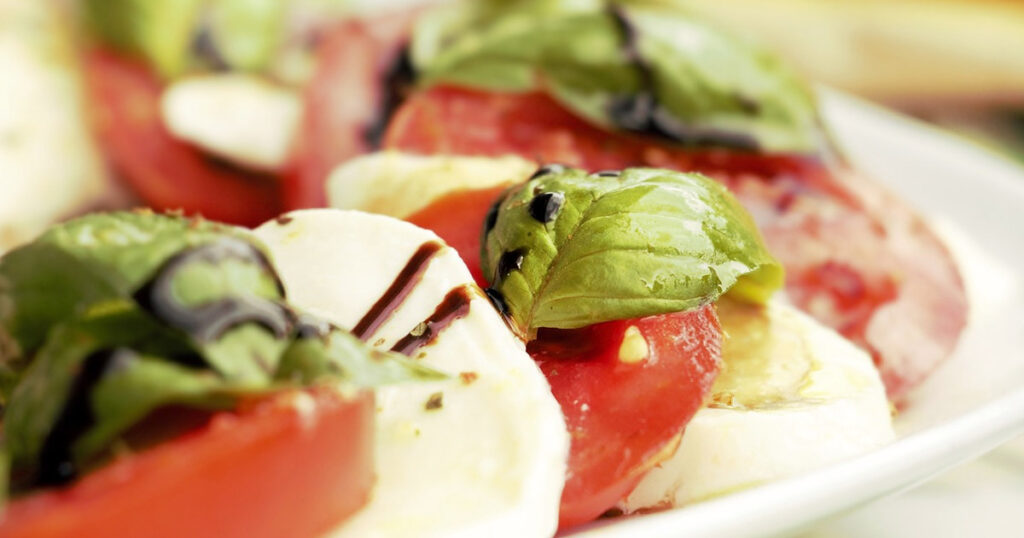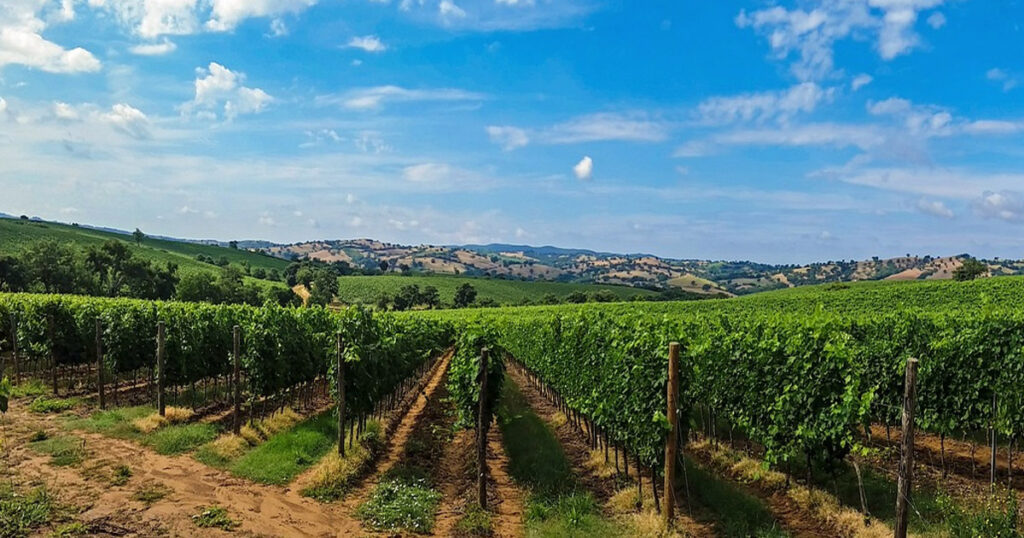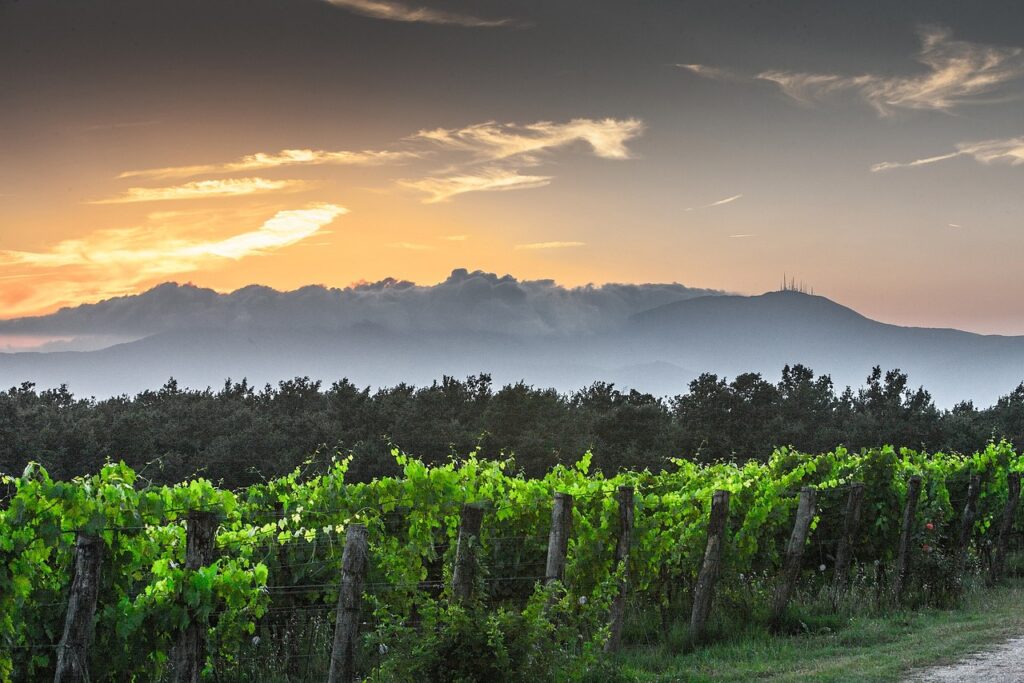
From Farm to Table: Tuscany’s Freshest Food Trends

Tuscany is one of Italy’s most famous regions, known for its stunning landscapes, rich history, and, of course, its incredible cuisine. Tuscan food has long been a favorite among food lovers all over the world, and today, the region is experiencing some exciting new food trends that are putting a modern twist on classic dishes. In this blog post, we’ll explore some of the current food trends in Tuscany and what makes them so special.
Farm-to-Table Cuisine
One of the most significant food trends in Tuscany right now is the farm-to-table movement. Tuscan chefs have always been proud of their region’s bountiful produce, but in recent years, there has been a renewed focus on using locally sourced and seasonal ingredients. By doing this, chefs can create dishes that are not only delicious but also sustainable and eco-friendly.
If you’re looking to experience farm-to-table cuisine in Tuscany, there are many options to choose from. Many restaurants in the region pride themselves on using locally sourced ingredients, and some even have their own farms. You can also visit one of the region’s many agriturismi, which are farms that have been converted into guesthouses. Here, you can sample the farm’s own produce and learn about traditional Tuscan cooking techniques.

Truffle Mania
Another food trend that’s taking Tuscany by storm is truffles. Truffles are a type of fungi that grow underground, and they are prized for their pungent aroma and unique flavor. Tuscany is home to both black and white truffles, which are used in a variety of dishes.
Some of the most popular truffle dishes in Tuscany include pappardelle al tartufo, a pasta dish made with truffles and cream, and crostini con tartufo, a simple but delicious appetizer made with truffle paste and bread. Truffles are also used to flavor meats like beef and pork, as well as cheese and eggs.
If you’re a truffle lover, you won’t want to miss the many truffle festivals that take place in Tuscany each year. These festivals celebrate the harvest of this prized ingredient and offer visitors the chance to sample the latest truffle creations.

Plant-Based Cuisine
While Tuscany is known for its meaty dishes like bistecca alla fiorentina, there is a growing trend towards plant-based cuisine in the region. Chefs are finding new and innovative ways to create vegetarian and vegan dishes that are just as satisfying as their meat-based counterparts.
One popular plant-based ingredient in Tuscany is chickpeas. Chickpeas are used in a variety of dishes, from fritters to stews to soups. Another popular ingredient is eggplant, which is grilled and served with tomato sauce or used as a filling for lasagna.
If you’re looking for vegan and vegetarian restaurants in Tuscany, you’ll find plenty of options in cities like Florence and Siena. Many restaurants also offer vegetarian and vegan versions of classic Tuscan dishes, so you don’t have to miss out on the region’s famous cuisine.
Natural Wine
Finally, we can’t forget about the wine. Tuscany is home to some of the world’s most beloved wines, including Chianti, Brunello di Montalcino, and Vernaccia di San Gimignano. While these classic wines will always have a place at the table, Tuscan winemakers are also experimenting with lesser-known grape varieties and natural winemaking techniques to create wines that are bold, complex, and truly unique.












